Any successful telemetry installation depends greatly on the incorporation of the right telemetry outstation, which is also referred to as a Remote Terminal Unit (RTU) and is the data collection advice that gathers information from all of the sensors located at its given remote site, on a 24 hours a day basis. Certainly, having been operating for more than 25 years now, Oriel Systems (http://www.orielsystems.com) is more than seasoned at advising firms on their remote monitoring requirements and the role that the right outstation can play in meeting them.
Visitors to the Oriel Systems website who are in need of remote tank monitoring systems that fulfil their requirements are advised to familiarise themselves with the various types of telemetry outstation that may be relevant to their industry. Oriel Systems serves organisations overseeing small and large projects in the water, oil and gas, chemical and printing industries, and knows how to implement a solution that is high-performing, dependable, scalable and cost-effective from the beginning of the client relationship.
One of the telemetry solutions with these qualities that Oriel Systems has developed is a video outstation that can transmit as much as 8 live feeds – with optimal audio – simultaneously from a remote site, using the Internet to transmit over long distances. Video can be transmitted by the video streaming unit at various resolutions, from systems with low network bandwidth to high bandwidth applications that make possible the transmission of video of television quality. Oriel Systems Awax telemetry software means that clients can remotely monitor and control cameras at the same time as they monitor and control other onsite functions.
Of course, another solution that Oriel Systems offers is the Intelligent Telemetry Outstation (ITO). One can programme this Unit for the monitoring and control of plant equipment at a remote site, with the option of having it attached to various types of IO module or even PLCs or other intelligent devices. This allows for the system to be fully configured for a given site. Even the client that already has specialist hardware of its own can take advantage of the ITO. That’s because Oriel Systems has the in-house expertise to modify the unit so that it can be connected to the aforementioned hardware.
When the ITO is connected back to the client’s master station, they are able to choose from various options for communication transmission, including PSTN (land-line), Low Power radio (licensed as well as unlicensed), Internet, satellite or GSM/GPRS mobile. The telemetry outstations of various other manufacturers can be communicated with, while the unit is able to report a live feed of on-site events. This simply leaves the low power outstation, which has been designed with small solar panel and/or mini-windmill power in mind. It generates its own 24 volt power supply, courtesy of an internal charge pump.
Organisations are encouraged to contact Oriel Systems (http://www.orielsystems.com) now for more in-depth information about how their technical requirements for remote data acquisition can be met.
Editor’s Note: Oriel

 01249 705070
01249 705070
